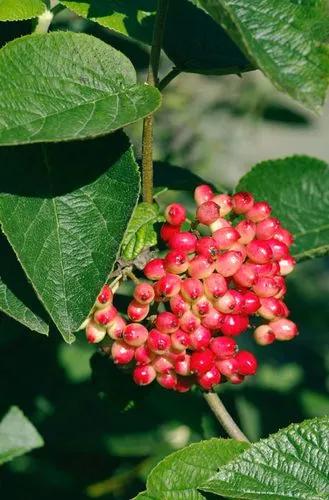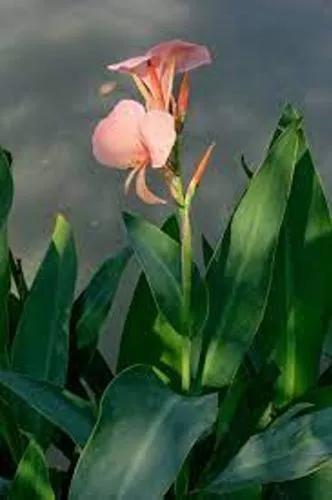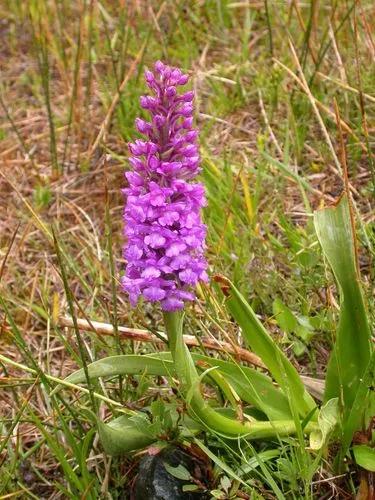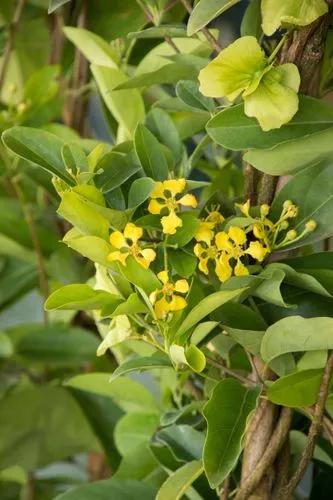Iris lutescens, the Crimean iris, is a rhizomatous flowering plant in the genus Iris. It is native to North East Spain, Southern France and Italy. It grows up to 30 cm tall, with broad leaves, producing yellow or violet flowers in spring.
Crimean iris Care
Iris lutescens



The tall, beautiful iris, named after the Greek goddess who rode rainbows, comes in many magical colors. Despite its divine origins, this June bloomer is rugged, reliable, and easy to grow. There are some 300 species in the genus Iris. Iris lutescens is a spreading rhizomatous perennial to 30cm tall, with erect, sword-shaped leaves and yellow, white, blue or purple flowers 7cm wide in early spring, the standards larger than the yellow-bearded falls.
How to Care for the Plant

Water

Snow cover is not a bad thing. it acts as an insulator and allows the soil to stay moist avoiding winter desiccation of the plant. colorado clay soils are very heavy and retain moisture for a long period of time. bearded iris will not tolerate "wet feet" so to avoid many problems, make sure your plants have good drainage.

Pruning

By removing overgrown foliage, you will improve airflow to the plant, and light will be better able to penetrate all portions of the plant. This actually leads to a fuller and healthier looking houseplant.

Fertilizer

Universal fertilizer is granular and mineral product intended for fertilization of all types of garden cultivations. Its balanced content is suitable both for fruit trees, fruit bushes, vegetables and ornamental plants. The even composition of individual elements makes the fertilizer universal.

Sunlight

Medium light/Partly shaded – This is where the plant gets some morning sun or some afternoon sun. Morning sun is less intense than afternoon sun, so putting your plants a few meters in from an East facing window works for maximum sun while reducing the risk of burning.

Soil

Use a potting mix, which makes it safer for plants because it doesn't contain pathogens such as fungus or other diseases.

Temperature

Plant irises in mid- to late summer (July to September/October) when nighttime temperatures remain between 40 and 50°F or above. For winter protection, cover the rhizomes with an inch or two of sand topped with a light layer of evergreen boughs, applied after the ground freezes.

Container

Here’s a handy guideline: increase pot size by 2.5-5 cm (1 to 2 inches) in diameter for plants that are growing in pots 25.4 cm (10 inches) in diameter or less. For larger plants, those growing in pots greater than 10 inches in diameter, increase the pot size by 5 or 7.62 cm (2 or 3 inches) in diameter.

Popularity

1,993 people already have this plant 628 people have added this plant to their wishlists
Discover more plants with the list below
Popular articles






